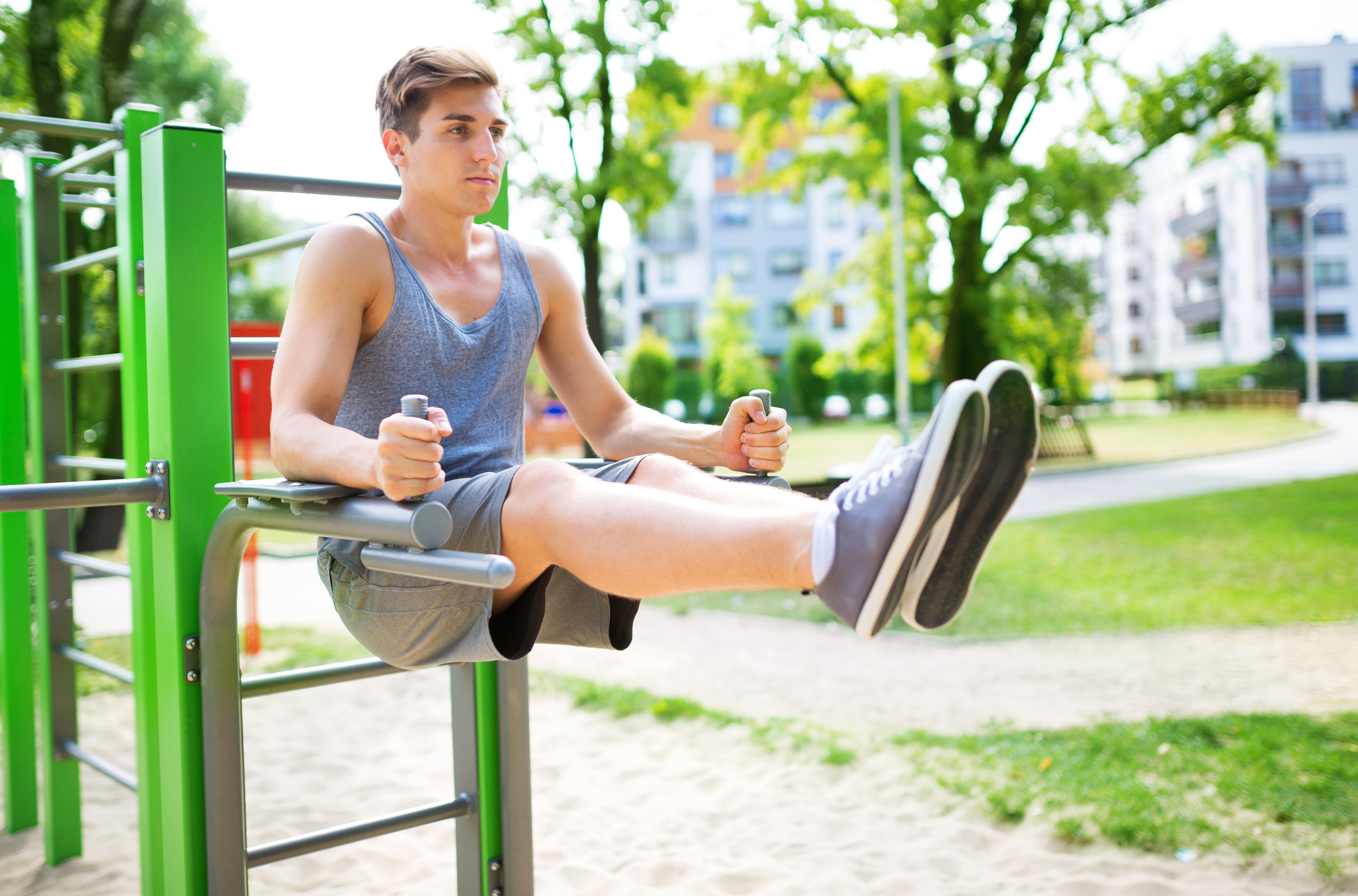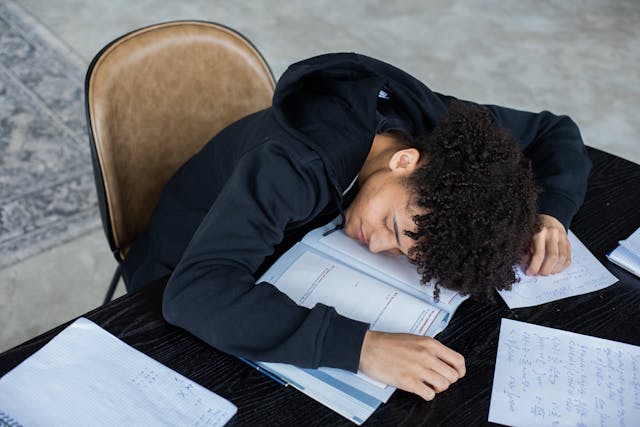
Often leaving little time for physical well-being, college life delivers a swirl of academic obligations, social events, and extracurricular activities. Still, remaining active is essential for maintaining a good lifestyle as well as for increasing focus, energy, and stress control. Finding sensible and quick methods to include physical exercise into everyday activities may greatly affect a student’s general condition while juggling a busy schedule. Knowing the obstacles to being active and learning fresh approaches to keep mobile can help students maximize their time and lead a more balanced life.
Use Mobility Apps
For college students who find it difficult to schedule time for conventional exercise regimens, a mobility app can be a helpful tool. These programs let students quickly fit in quick, efficient exercises or active breaks throughout the day. Various exercise regimens, stretching exercises, and guided workouts found in mobility apps provide the flexibility required to remain active without a gym membership or specific gear. To guarantee constant participation in fitness activities, they may also assist monitor movement, creating activity objectives, and sending reminders to exercise. Between lessons, fitness apps now provide guided meditation and stretching exercises that provide a fast energy boost or a soothing rest.
Include Physical Exercise into Your Everyday Schedule
Embedding physical activity into regular chores may boost general mobility without the need for additional hours in the day instead of allocating specific periods only for Exercise. One easy yet effective approach to boost everyday mobility is walking or cycling to class instead of depending on public transport. Likewise, a surprisingly effective approach to keeping active is climbing steps instead of an elevator or escalator. Over time, these apparently little actions may build up into notable activity levels that maintain high energy levels all day. Including short standing breaks every 30 to 45 minutes helps students who spend hours seated in lectures release muscular tension and increase attentiveness.
Turn Dorm Rooms into Mini Fitness Studios
One does not have to give up an active lifestyle while living on campus. With enough imagination and equipment, dorm rooms may be quickly transformed into small exercise centers. Purchasing resistance bands, a yoga mat, or even a small pair of dumbbells can let you create many exercises right in the room. Highly effective for improving strength and stamina, bodyweight workouts such as squats, lunges, push-ups, and planks need none of all equipment. When exercises are scheduled properly, space restrictions in a dorm room have little bearing. Short bursts of intense exercise followed by rest in high-intensity interval training (HIIT) programs may be done in little space.
Leverage Extracurricular Activities for Active Involvement
One great method to be active without the monotony of a regular fitness program is by participating in extracurricular activities, including physical mobility. From intramural sports to dancing organizations, martial arts, rock climbing, or outdoor adventure groups, college campuses provide a rich array of possibilities. Along with a workout, these events provide an opportunity for socializing and developing close relationships with other students. The physical component of extracurricular activities inspires kids to be active in line with their interests.
Maximize Campus Recreation Facilities
Many times, campus leisure facilities include more than just a gym. Many universities provide a range of facilities like swimming pools, climbing walls, racquetball courts, and group exercise courses, which help one remain active without additional expenses. Using these facilities may provide diversity in a workout, therefore lowering monotony and raising inspiration. Group activities include spinning, yoga, or martial arts and provide controlled settings where students may practice under the teacher’s direction. Campus recreation facilities allow even students who prefer working out alone to test out new equipment or exercise methods, therefore benefiting them.
Make Use of Open Areas for Outdoor Exercise
Many times, college campuses include large grass areas, sports fields, and paths perfect for outdoor exercise. While sports fields may be utilized for solitary or group events such as soccer, ultimate frisbee, or even outdoor yoga sessions, open areas can be used for running, interval sprints, or even circuit training. Outdoor exercise is more fun because of the fresh air and natural surroundings, which could inspire one to keep active.
Conclusion
Maintaining an active lifestyle in college calls for constant effort and readiness to modify plans appropriate for a hectic schedule. Little, useful adjustments to everyday routines may add up to significant advantages for academic achievement as well as physical health. Adopting an active lifestyle that fits easily into everyday life may help to create the conditions for long-standing habits that carry over into college.
SEE ALSO: Repurpose, Recycle, or Donate? Handling Old Tech Post-Digital Detox















